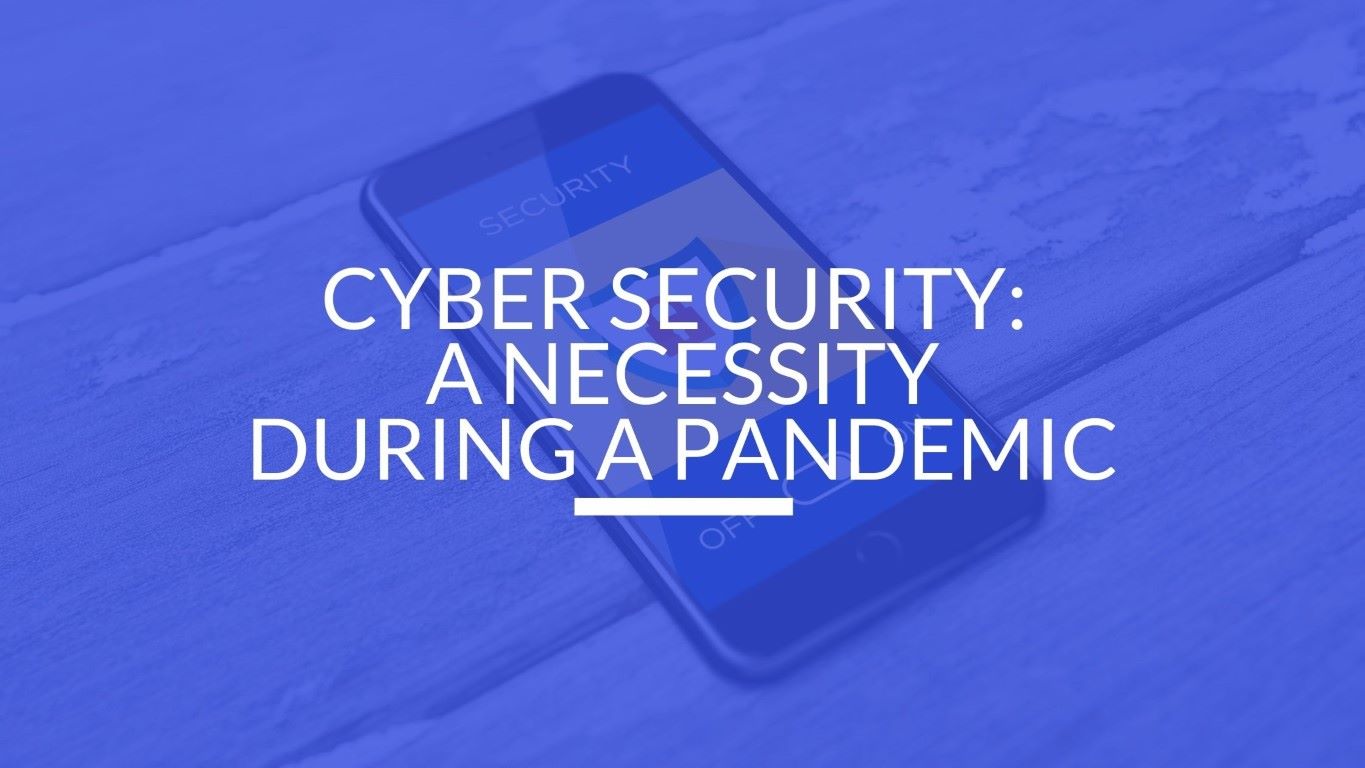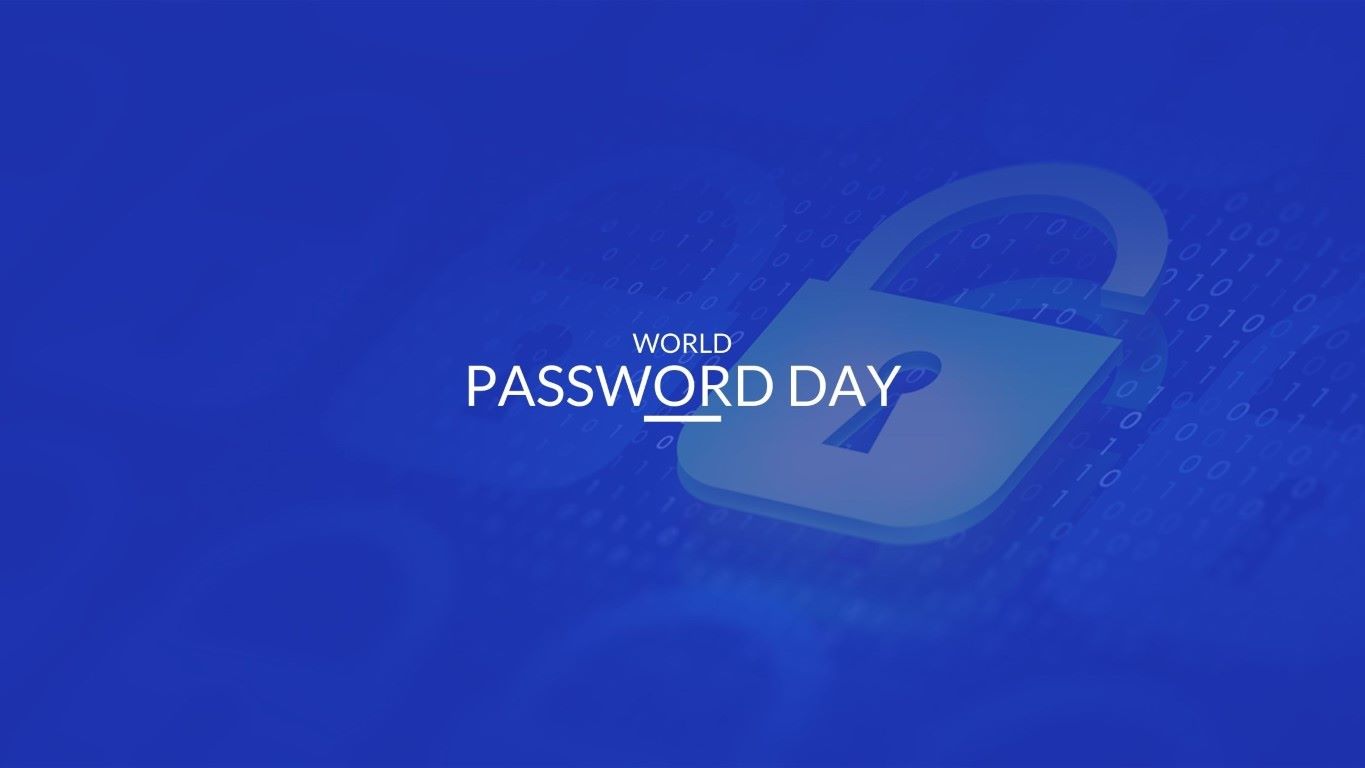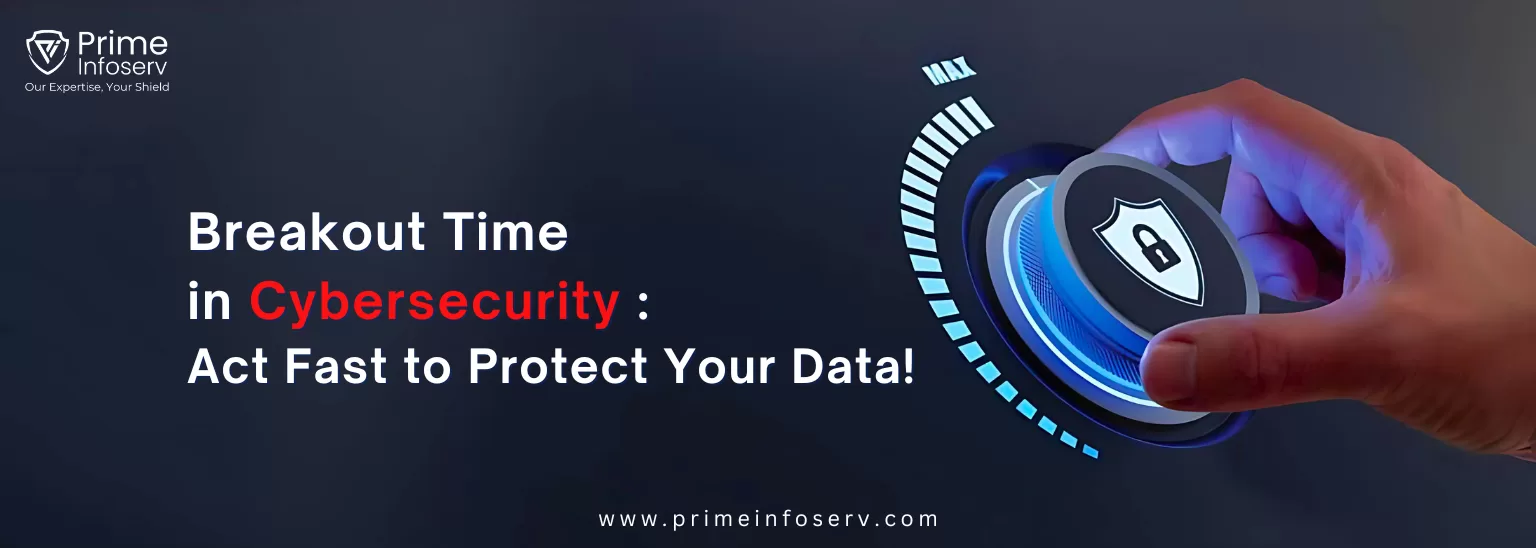Global Pandemic like COVID19 has transformed almost all possible aspects of life and business. In effect,
Work from Home (WFH) has become the new norm of the day. With this change in culture, it is evident that
securely working from home setup would surely be a challenge. Most IT teams failed to predict or
analyze accurately the problems that are going to associate itself with a WFH system. This inevitably
meant a huge spike in cyberattacks with hackers attacking the employee’s end and thus is being easily
able to access sensitive company data, sensitive personal information like bank account numbers and
at the same time making way for future attacks by disabling whatever safety measure had been
adopted. The heightened dependency on personal devices and the home network has opened up more
avenues to carry out varied forms of cyberattacks and with most of the online behavior looking
anomalous we must consider that most SOCs (Security Operation Centers) are working
with a significantly impaired visibility.
Keeping above in view, people must familiarize themselves with the kind of cyberattacks
that can harm their systems.
Drawbacks of an IT team
Most firms have their IT team facing multiple challenges at a time which means most IT teams are
surge overburdened and thus don’t have the bandwidth to safeguard all forms of WFH attack vectors.
This is one of the primary reasons because of which cyberattacks have been seen in a WFH environment.
The prevalent culture among IT officials to work under the assumption that most WFH employees are well
aware of basic tenets of cybersecurity, which is not only an ambitious assumption but it also leads to lax
management of cybersecurity as a result of which company systems often fall victims to cyberattacks.
There have been various reports of WFH employees alleging that their respective IT team is not efficient
enough with the “Securely WFH Training” program. Proper attention should be given to training
employees to work safely in a WFH environment. It is also important that employees familiarize
themselves with the various forms of cyberattacks.
Ransomware
One of the most common cyberattacks during this pandemic is Ransomware where an attacker blocks
access to crucial files and data in exchange for a ransom. There are several reasons why attackers
have been so successful with their ransomware attacks. Attackers are increasingly and heavily using
malware which has themes related to the Covid-19 pandemic to lure in victims. There is concrete
evidence that Remote Working increases the chance of successful ransomware being carried out. It is
believed, that a combination of a weak grasp on the functioning of the home network and affinity of users to
click on anything remotely related to Covid-19, is at play which has enabled an increased number of
a ransomware attack to take place. The lures have various thematic representations such as financial
scams in the shape of government assistance because of the economic shutdown, informative ads, and
displays about vaccines, masks, and sanitizers, and easy access to and free download of technological
solutions such as platforms providing audio and video conferencing services.
Phishing
Phishing was prevalent even before the pandemic hit us but now hackers are becoming increasingly
creative with Phishing attacks. Since most of the communication in a WFH setup is dependent on email
services it becomes one of the more common avenues to conduct phishing attacks. There have been
countless accounts where victims have fallen prey to spoof email accounts and have divulged sensitive
information on numerous occasions. Phishing attackers are widely using spear-phishing emails. These
are emails which are thematically related to the pandemic and are mostly trying to pull off financial
scams by offering lucrative offers on masks and sanitizers, various part-time job offers to procure extra
money during the economic shutdown, financial scams low premium medical insurance deals to help if
someone is affected by Covid-19. Since in spear-phishing the sender is masquerading as a legitimate
source or a company, receivers are easily manipulated and fall prey to phishing attacks.
The above two are the two most common types of cyberattacks in a WFH environment but that does not
discount a system from other forms of cyberattacks.
Solutions provided by Prime Infoserv
At Prime Infoserv, we boast of providing users with an engaging secure WFH consulting which is
particularly designed keeping in mind various means to thwart all attack vectors. Prime Infoserv also
provides modern and updated training content to capture the consumer’s imagination and to keep an
infected device absolutely safe. Since most of the attacks find their roots in the consumer’s end, Security
Audit, Vulnerability Assessment, Penetration Testing (VA/PT) are areas that are majorly focused on as
at Prime Infoserv it is of utmost importance to us to identify and fix loopholes at the consumer’s end.
Cyberattacks can take place anytime so at Prime Infoserv we have prioritized to put efforts to provide
consumers with timely security advisors who will be able to provide security solutions round the clock.
As the pandemic has pushed us to the safeties of our home it is important that we feel safe online as well
and at Prime Infoserv we strive towards providing solutions for the latter.
For more information check this video




